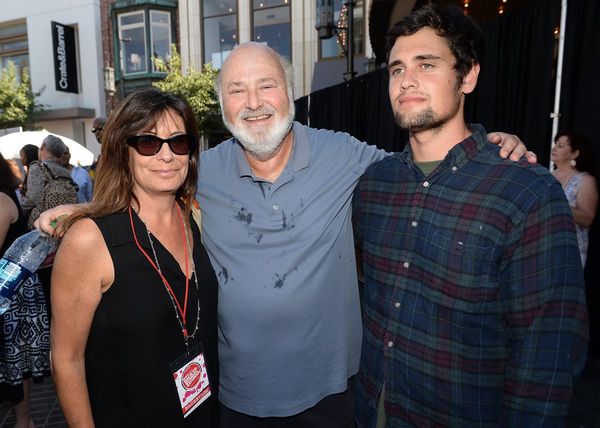
Australia’s Energy Market Operator says the cost of generating power is falling.
Wholesale electricity prices in the national electricity market fell 27% in the September quarter, compared with the previous year, according to an Aemo report released on Thursday.
The energy minister, Chris Bowen, says record levels of renewable energy and batteries are driving down prices and protecting consumers from unreliable coal. He expects lower bills for consumers to follow.
“The drop in wholesale price is good news – and should flow through to retail energy prices in the near term,” he said.
It sounds promising. But what is really happening with power prices? And when can consumers expect to benefit?
What are wholesale electricity prices, and why are they falling?
Wholesale power refers to electricity that is sold in bulk by renewable, coal and gas power stations.
According to Aemo, increases in wind and solar and lower volatility have contributed to the fall in wholesale prices, despite rising electricity demand.
“The electricity demand growth was driven by colder weather, alongside broader trends of increasing electrification of homes, adoption of electric vehicles and rising data centre consumption,” says Violette Mouchaileh, Aemo’s general manager for policy.
“A slight dip in coal-fired power output led to renewables averaging 42.7% of the fuel mix, which was a new Q3 high.”
Queensland recorded the lowest average wholesale price of $72 a megawatt hour, followed by Victoria ($77/MWh), New South Wales ($90/MWh), Tasmania ($91/MWh) and South Australia ($104/MWh).
Aemo says prices are falling, but what does that mean for households?
The cost of wholesale electricity – whether it’s renewable or fossil fuelled – is only one component (about 38%) of an average household power bill, according to ACCC analysis.
Network costs – the price of setting up and maintaining poles and wires – make up a similar share (about 39%), while 16% goes to energy retailers’ administrative costs and profit margin. About 7% covers environmental policies like incentives for installing solar under the small-scale renewable energy scheme.
Default power prices are increasing, according to an Australian Energy Regulator report in August – that’s the regulated maximum price for customers who haven’t shopped around for a better deal.
Most consumers are on non-default offer deals they have chosen from a retailer. The ACCC’s latest analysis of retailer data (for the year to Q3, 2024) finds residential bills went up in New South Wales, Victoria and South Australia, but fell in south-east Queensland (largely due to a $1,000 government rebate).
Alison Reeve, Grattan Institute’s energy and climate director, says one of the biggest factors pushing prices up in recent years has been the war between Russia and Ukraine which drove an increase in international prices for gas and coal.
The cost of building new transmission lines is also starting to show up on energy bills, Reeve says, particularly in NSW where there is now a charge on bills “which is paying for the new network that they’re building”.
“They need to build that network to support new renewable generation, because there are several coal fired power stations that need to close,” Reeve says.
Reeve says the falls in wholesale prices, reported by Aemo, may take time to flow through to customers because energy retailers often sign contracts for electricity years in advance.
Are electricity costs different to energy costs?
The overall cost of energy for households is not limited to electricity, says Reeve, but also includes the cost of transport fuels (like petrol and diesel) and gas.
As households electrify – switching to electric vehicles, and reducing their reliance on gas – their power use may actually go up, she says. But the shift is expected to save them money overall once the avoided cost of fuel and gas is added into the equation. A Grattan Institute report estimates household bills could halve by 2050.
Are some households hit harder?
One in five Australian households are at risk, or already experiencing some form of energy hardship, according to the latest Energy Consumers Australia consumer energy report card – which means they spend more than 6% of their income on bills, find it difficult to pay, or are restricting use due to financial stress.
“Renting also poses a significant barrier to solar adoption,” ECA’s report says. “In our survey, renters overwhelmingly cited their tenancy as the main reason for not owning rooftop solar. Only 9% of rental homes reported access to solar, compared to 48% of dwellings owned outright.”
What can households do to cut energy costs?
Australian households continue to install solar and batteries in pursuit of lower energy bills. More than 4.2m had solar on their rooftops as of June this year.
“Solar customers consistently have lower bills, about 18% less than non-solar customers, even though they consume more electricity from the grid,” a report by the ACCC says. “Customers with solar and battery systems pay even lower bills.”
If people are worried about the cost of their energy bills, Reeve says the first thing they should do is check whether they’re on the best offer available. The ACCC estimates that 79% of homes could save money by switching to a better deal.
The Australian government’s Energy Made Easy site enables consumers to compare energy price offers in NSW, Queensland, South Australia, Tasmania and the Australian Capital Territory. A similar tool is provided by the Victorian government.







